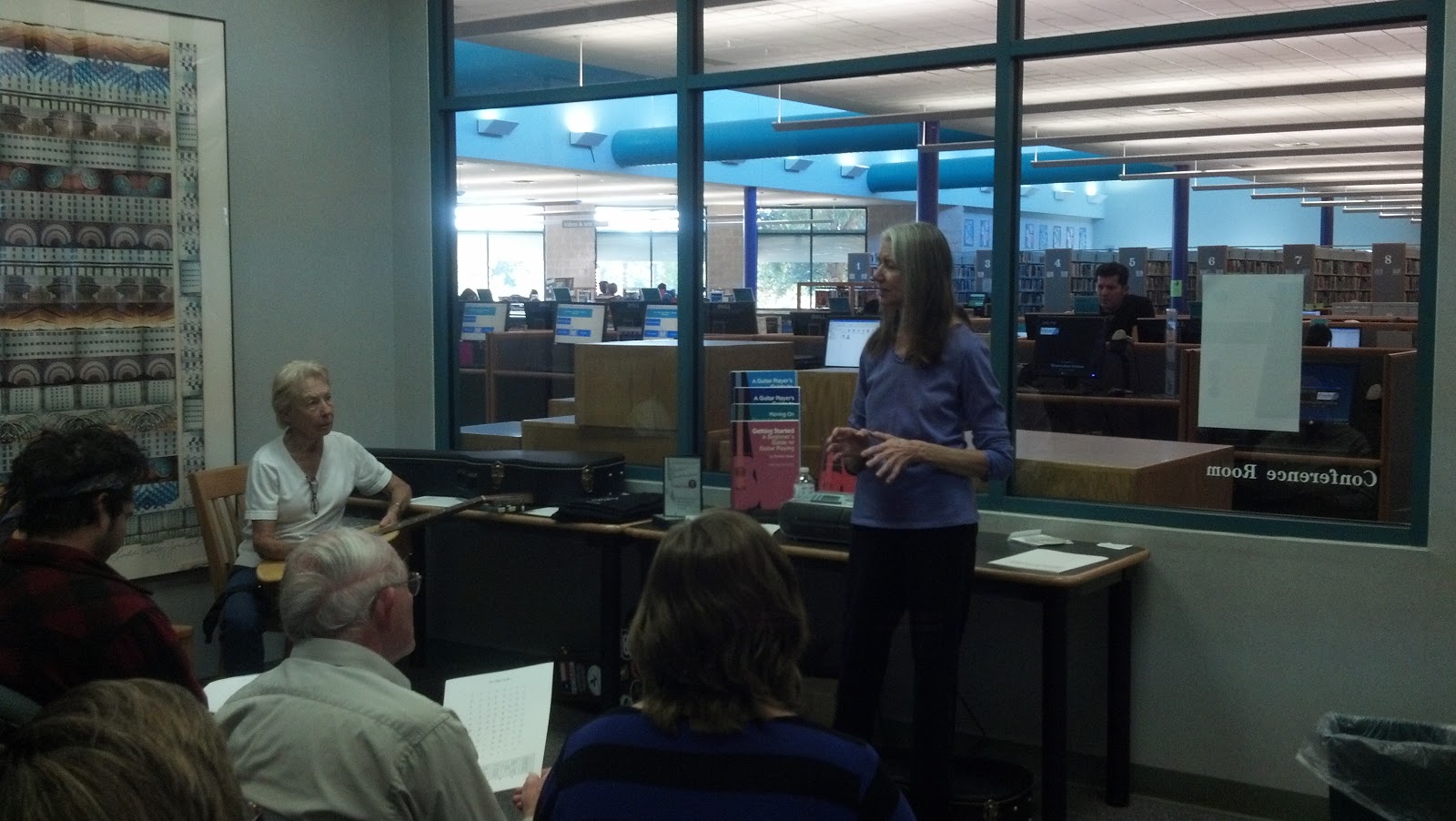Learning Guitar: Is it Fun or is it Work?
Learning guitar can be painful. Most of us go through periods of deep frustration and some people even feel angry or depressed when they are trying to work through seemingly impossible challenges. Although these periods may be inevitable, there are ways to make them less painful!
Make the Initial Investment
The hardest time for most guitar players is the beginning stage, because it is all investment and no return. Until you can play at least one song or riff to your own satisfaction, you are at risk for anxiety or frustration. The best prevention or remedy is to get on it and stay on it! Practice until you can play that one thing well enough to enjoy it – then enjoy it! Add more to your plate as soon as possible and don’t allow self-judgment during the process. Once you can play three songs, things get a lot easier and a lot more fun. At some point, you will become hungry for the next level and when you reach for it, the cycle of frustration/fun will probably begin again. After the first stage, though, when the cycle lands on misery, you will be able to draw upon the wisdom and strength that you acquired from your previous experiences. That means it gets easier each time!
Balance High Standards with Realism and Self-Praise
It’s good to look ahead to your goals and to have high standards, but don’t let that keep you from appreciating your accomplishments. Think about how this approach works in other areas of your life. If you are on a diet, for example, you don’t fall into despair when you step on the scale and found that you lost a pound in a week – you feel elated! You see proof that you are making progress and you continue with your plan. Some weeks you may lose nothing, but you keep up your plan and one day you realize your clothes are too big.
It’s the same way with guitar playing – stick with it and keep a regular practice routine. Don’t beat yourself up if you get off schedule, just get back on and have faith that you are moving steadily toward your goal.
Follow Good Practice Habits
You can find advice and suggestions about correct and efficient practice in articles on the site, as well as in my comprehensive video. There is also a chapter on efficient learning in “the red book, ” Learning How to Play Lead Guitar. By taking a little time to learn how to practice correctly, you will set yourself up for heightened productivity and satisfaction.
Find Ways to Become Unstuck and Seek Help When You Need It
Everybody feels stuck at times. Expect it – and check out this article for solutions.
Your Goal is a Moving Target!
Realize that your goal will probably keep moving upward as you progress. Be willing to laugh at this! The fact that you will never be completely satisfied is actually a good sign, as it keeps things interesting and challenging. Lucky you!
It’s All Fun!
Remember, it takes time to get a return, but once the returns start coming, each new investment is more fun, because you’re getting a return from all of your previous investments, even as you’re making a new one! Take the time to enjoy these returns every practice session. Play something that you can play well. Get into the feel of your music, have some fun and revel in your accomplishments. With time, you will discover that the cycle of work/fun has changed to a cycle of fun work/fun!
Texas Author Day 2012
It was a lot of fun to see so many interesting authors, plus old friends and new. Books, books, books and…guitars! The workshop was full, with participants ranging in age from 12 to 80 and playing levels from beginning to advanced. Everybody did great!
Thanks to all who came, to Robin Wood for putting the event together so beautifully and to Kevin Mitchell and Catie Hungerford for helping me throughout the afternoon. You guys rock!
Free Workshop and Book Signing
 Please come to San Marcos, Texas on November 18 for Texas Author Day! It’s a great way to spend some time on a Sunday afternoon – find holiday gifts or just chat with one of the many authors (me, for instance!) from across Texas. There will be book signings and readings and I will conduct a free Play By Ear Workshop from 3:00 – 3:30. Bring a guitar, if you can, and bring your friends. Fun!
Please come to San Marcos, Texas on November 18 for Texas Author Day! It’s a great way to spend some time on a Sunday afternoon – find holiday gifts or just chat with one of the many authors (me, for instance!) from across Texas. There will be book signings and readings and I will conduct a free Play By Ear Workshop from 3:00 – 3:30. Bring a guitar, if you can, and bring your friends. Fun!Tuning the Guitar: In Praise of the Human Ear
When I started playing guitar (and later, when I started teaching guitar), there were no electronic tuners. If you wanted to be a guitar player, you had to learn to tune your guitar by using your ear.
That was many years ago and I have noticed that the technological changes that have come about over those years have initiated changes not only in our lifestyle and habits, but also in our perception and even in our physiology. The average student who comes to me for lessons today is completely dependent on the use of a tuner, regardless of how many months or years they may have played guitar. Although this dependency may initially seem innocuous, there are distinct disadvantages to completely abandoning the old-fashioned method of relative tuning in favor of the easy and efficient methods that are now available to us.
It’s true that by using a tuner, a guitar player will increase the chance of achieving accurate tuning and will be able to get to the business of playing more quickly than if he or she tuned by ear. Unfortunately, an alarming number of people end up with grossly out of tune guitars after using a tuner and they not only don’t realize it, they insist that their tuner “said it was right.” This can occur for a number of reasons, but the most common one is pilot error: the player neglects to look carefully enough at the tuner to ascertain that they are tuning to the correct note. When this happens they will typically tighten or loosen the string until they reach the closest note that the tuner reads and stop there, even if it is the wrong note!
Another less obvious but profound disadvantage of neglecting to habitually employ the relative tuning method is that the student misses an opportunity to passively and painlessly be introduced to the relationship of the notes across the strings when the guitar is in standard tuning. The mere act of observing the finger placement and hearing the pitches produced provides subtle insight into note recognition and interval shapes.
Perhaps the most disturbing drawback of using a tuner exclusively is that the ear is neglected. The daily ritual of tuning by ear is a simple way to exercise and hone pitch sense. Playing music, first and foremost, is about listening, so doesn’t it make sense to begin each practice session by listening?
If you haven’t yet learned how to tune using the relative tuning method, you can do so by following these instructions. Use this method daily to check the tuning of your guitar and while you’re doing it, think about the names of the notes you are playing. In time, you will notice an increase in both fretboard comprehension and acuteness of pitch sense.

